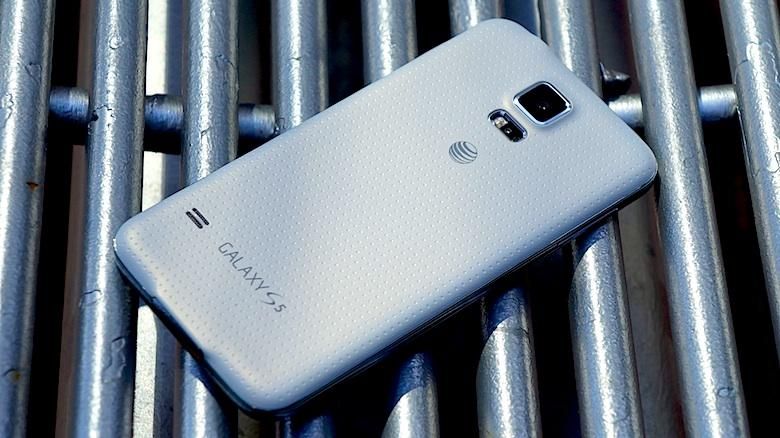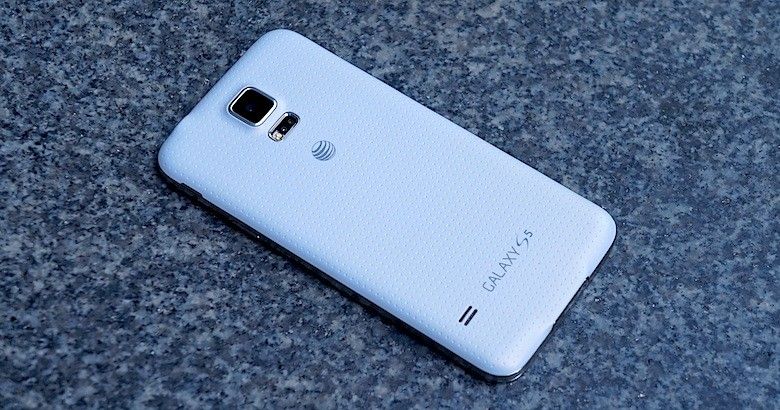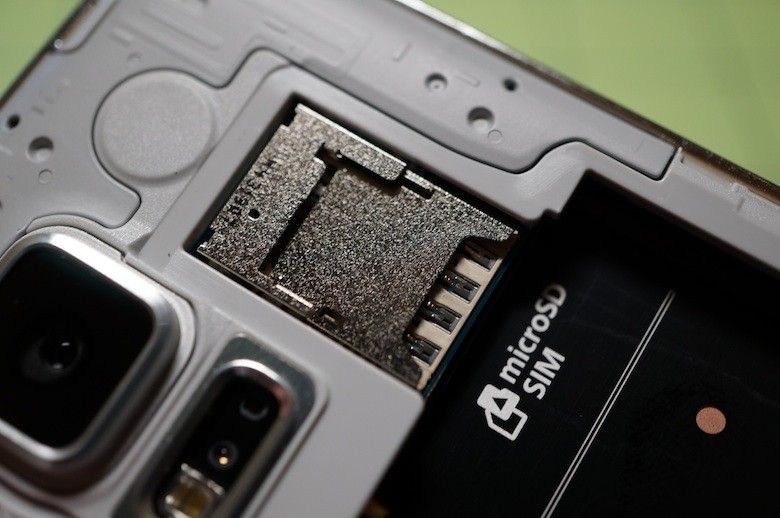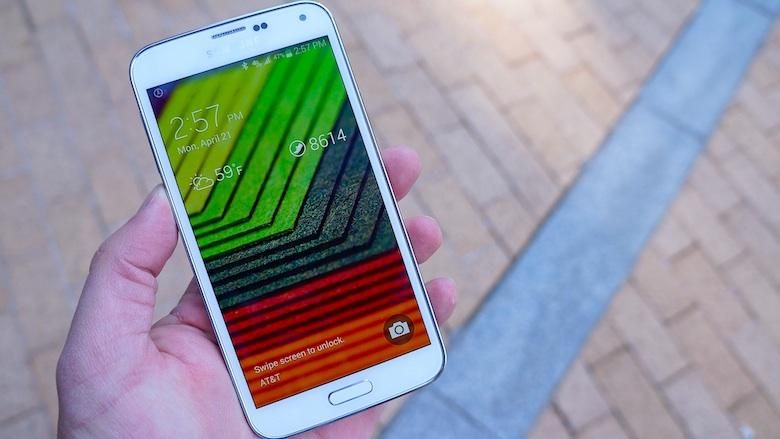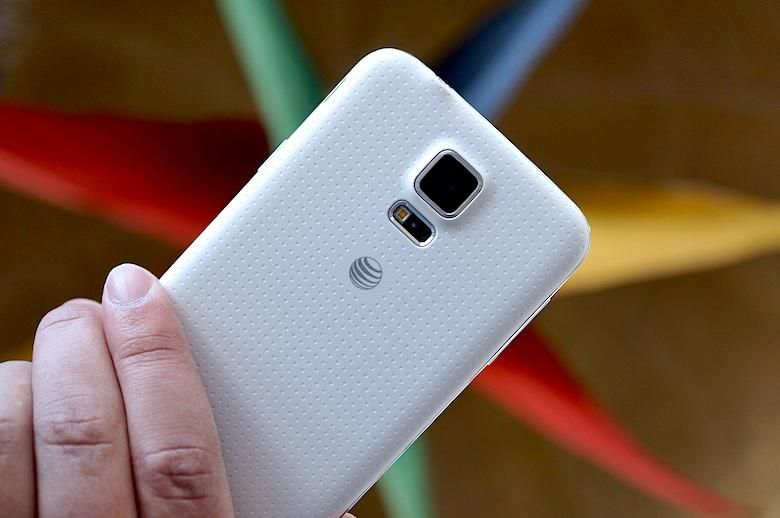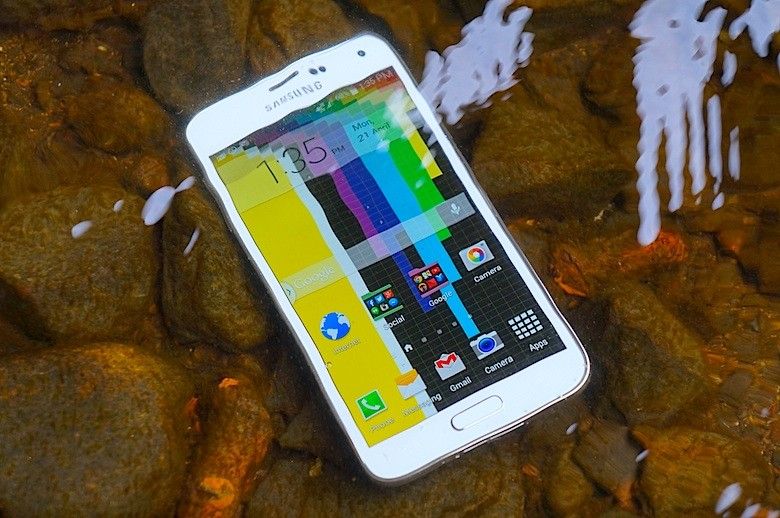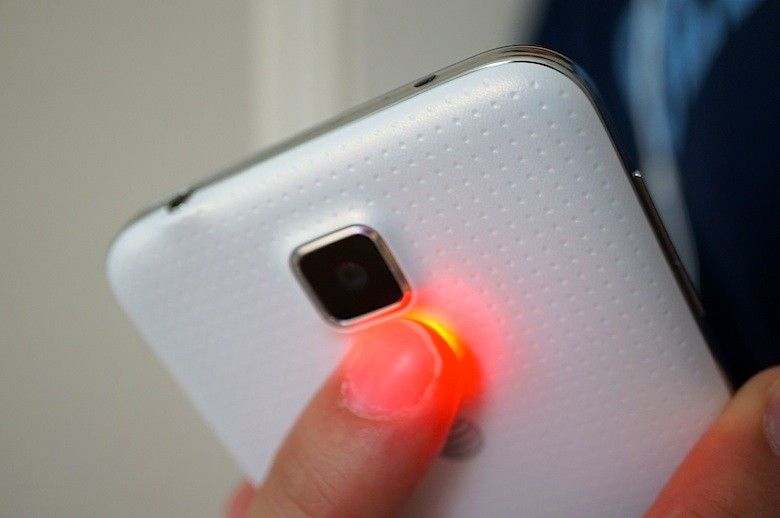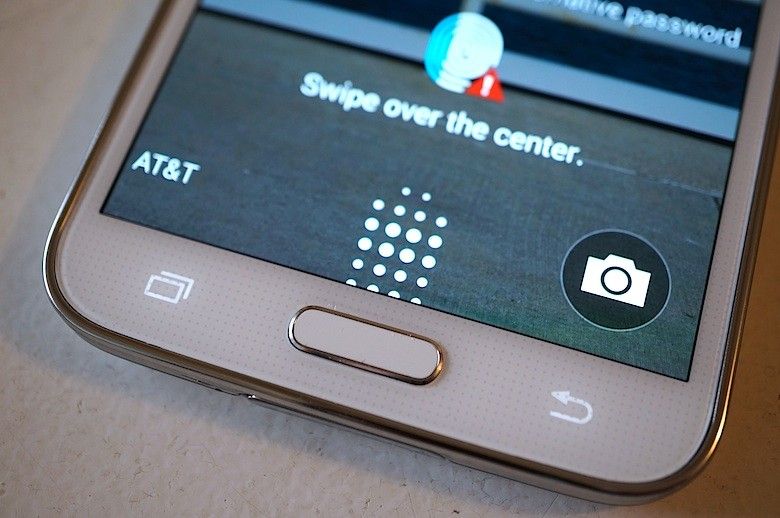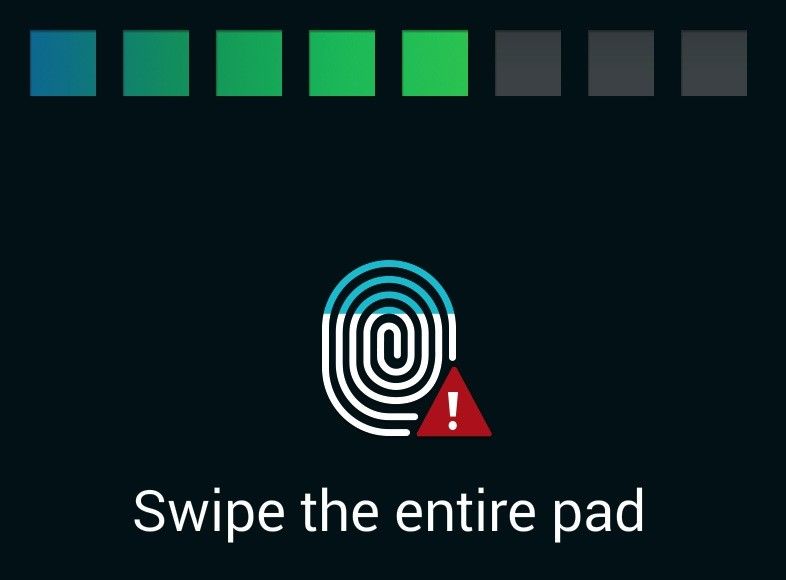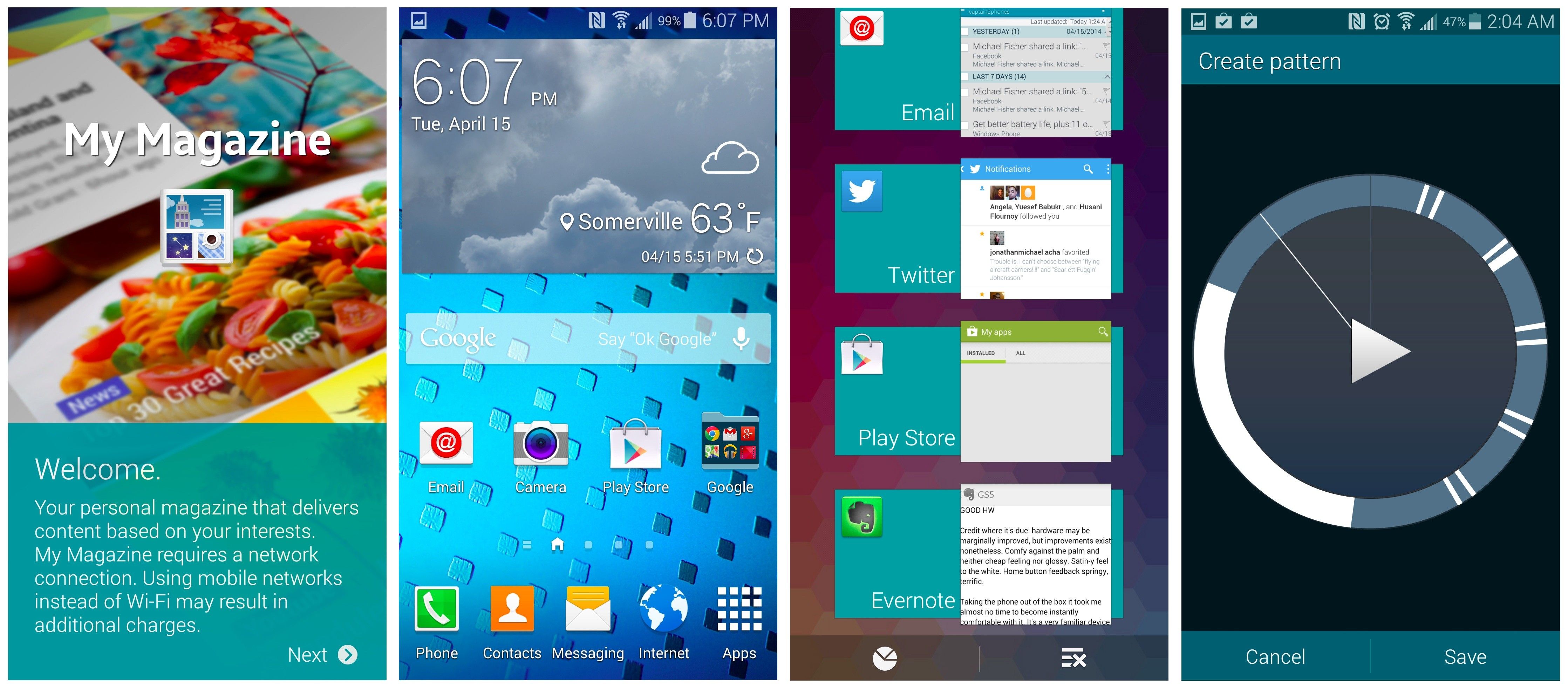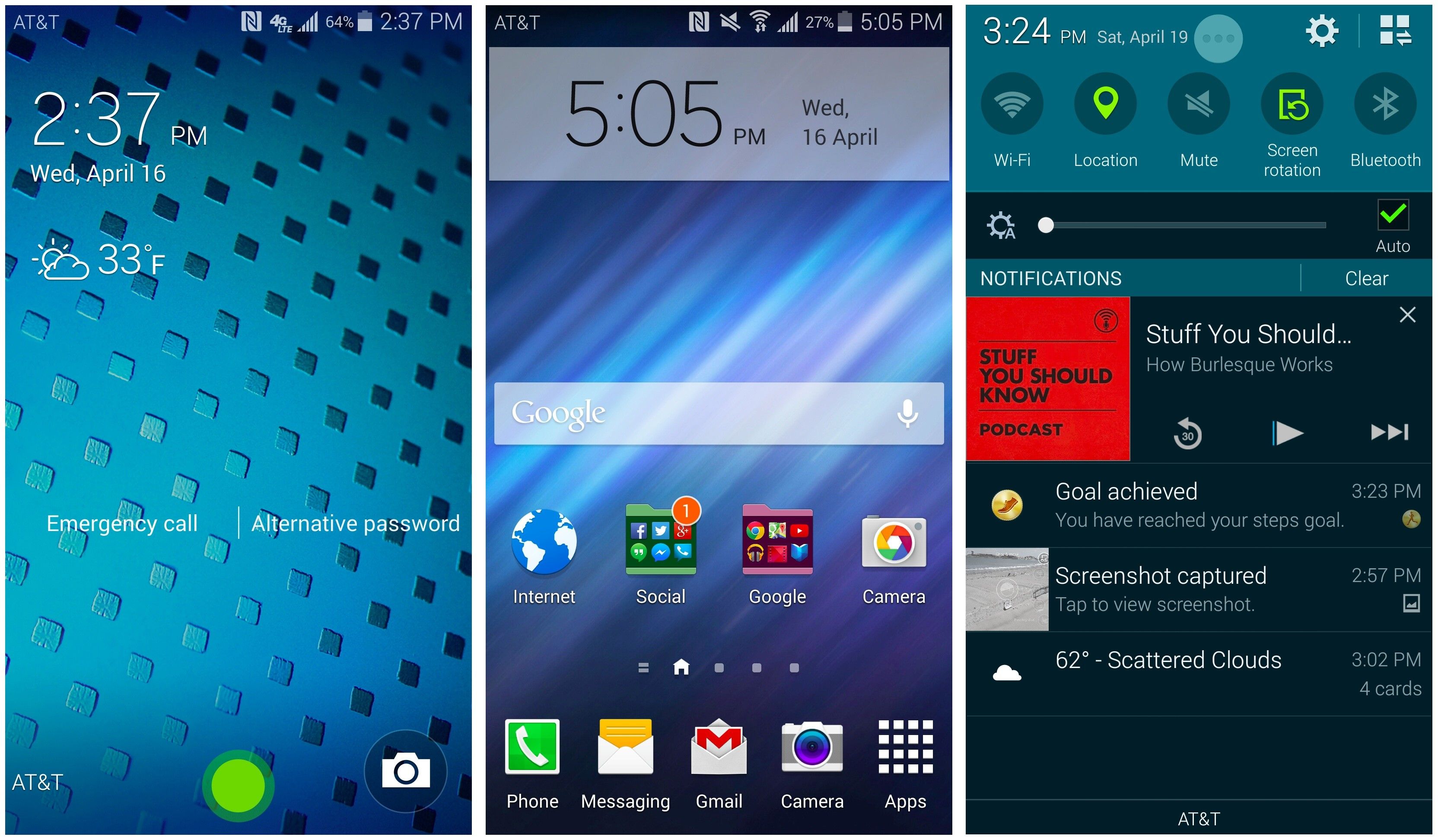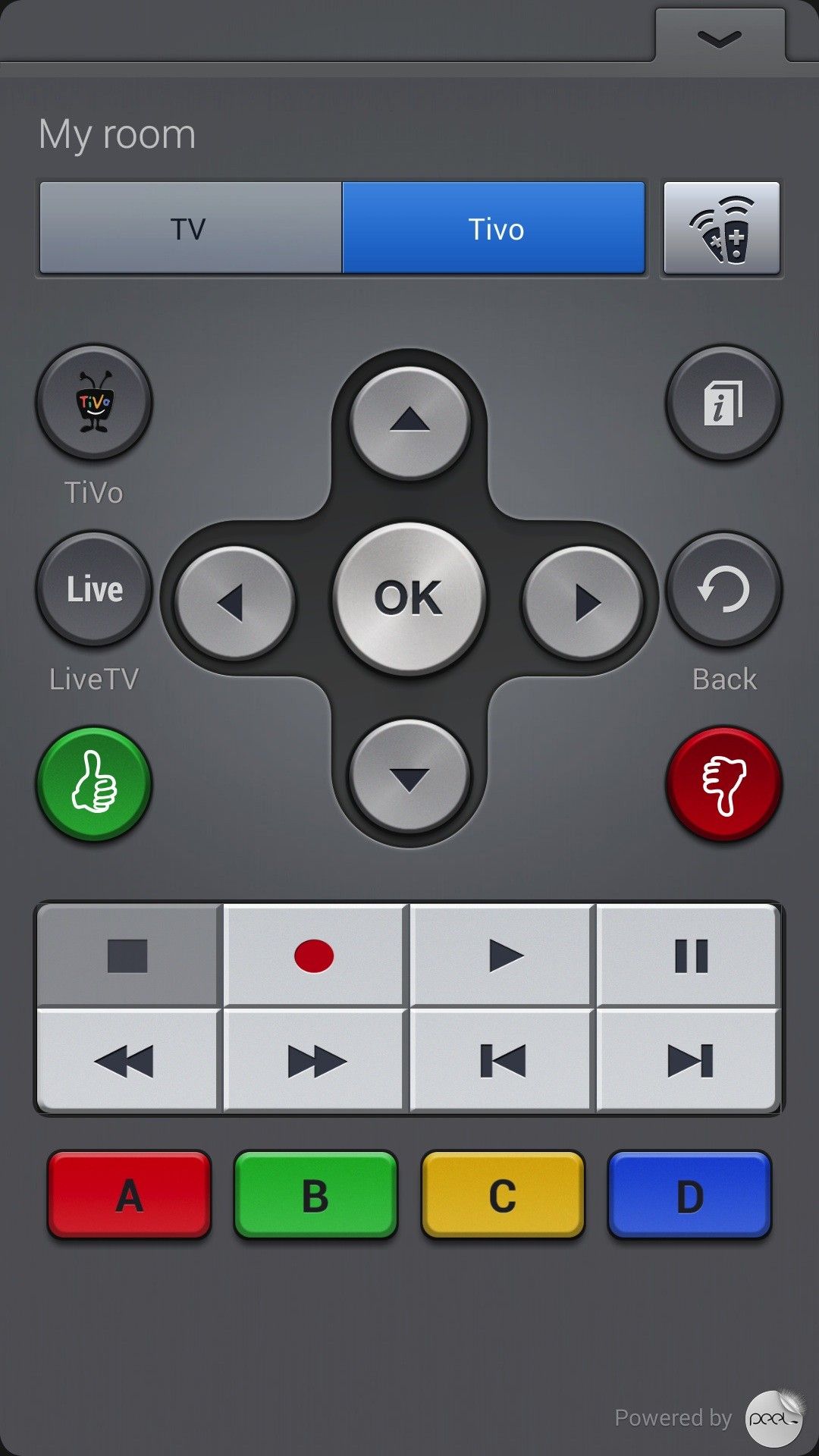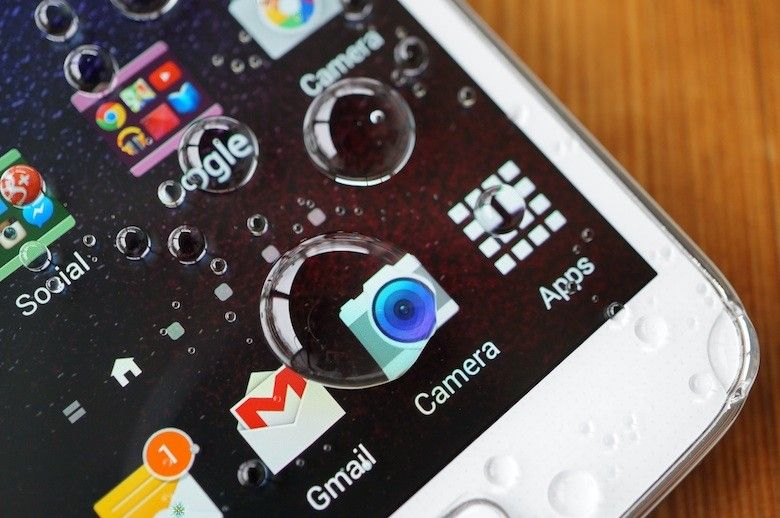“Your move, Samsung.”
That’s how we wrapped up last month’s review of the HTC One M8, a product that we called “an elegant smartphone for a more civilized age.” The One M8 is such an impressive device that it might well be on its way to dominating the smartphone sales charts by now, were it not for the South Korean juggernaut whose brand has become synonymous with Android.
Yes, it’s time for the next Galaxy S: the fifth installment in a legacy stretching back to 2010. But where Samsung’s front-running smartphone brand has previously brought us iPhone alternatives, devices with natural appeal, and life companions, this year’s halo device is all about the “glam” – at least on the marketing copy. Dig a little deeper and the Galaxy S5 becomes a signpost of change within the world’s largest smartphone manufacturer, a step away from the spaghetti-at-the-wall approach of years past toward a more focused, more mature strategy.
Even without these changes, Samsung’s marketing muscle will ensure that untold millions will flock to the stores to buy the Galaxy S5. The question is: should you be one of them? Read on to find out.
Video Review · Specs/Hardware · Sensors · Software · Camera · Performance ·Pricing/Availability · Conclusion · Scored For Me
•
Galaxy S5 Review Video
Specs & Hardware
To a large extent, the story of the Galaxy S line has always been about specs. It should come as no surprise, then, that Samsung has packed the Galaxy S5 with some of the most powerful innards available. Our model, the AT&T-branded SM-G900A, comes packing a Qualcomm Snapdragon 801 humming along at 2.5GHz, and some international models carry Samsung’s own “octa-core” Exynos 5422. Either way, you’re looking at one of the most powerful processors in the world – and a considerable boost over last year’s Galaxy S 4, which used either a Snapdragon 600 or an Exynos 5410.
Speed and size being the name of the game, nearly everything surrounding the CPU has seen a boost as well. The microSD card slot now officially supports cards up to 128GB in size, and the phone’s new connectivity package is extensive. WLAN connection speed gets a boost from the new dual-antenna (MIMO) WiFi component, while cellular connections get similar sizzle in the form of Category-4 LTE, and even wired transfer speeds see a jolt from the inclusion of USB 3.0 – a carryover from last fall’s Galaxy Note 3. Only the 2GB of RAM and paltry 16GB of onboard storage are bound to disappoint power users. Fortunately for some, the latter metric varies based on market, with 32GB variants available for those who can’t deal with the roughly 10GB available out-of-the-box on the AT&T version.
There’s more sensor capability built into the phone’s casing than ever before. In addition to the usual package of accelerometer/gyro/compass/barometer with a side helping of infrared and NFC, the Galaxy S5 now sports a fingerprint scanner hidden beneath the home key, and a heartbeat monitor nestled under the rear camera lens.
Other improvements are more subtle, at least at first: the big 1080p display is Super AMOLED and pixel-packed at 432ppi, just a tenth of an inch larger than its 5-inch predecessor on the Galaxy S 4. As we’ve come to expect from the Galaxy S family, its colors are jaw-droppingly gorgeous and its blacks are deep as night. Its principal improvement is in illumination range: without a colorimeter we’re unable to give exact levels, but we’ve seen reports that the S5’s display can overpower to almost 700 nits to counter the effects of bright sunlight. We find the opposite extreme even more useful: dragging the brightness slider all the way down brings the screen illumination to just 2 nits, handy for reading in bed without disturbing your bunkmate.
Where the Galaxy line has often stumbled is in industrial design –even back in 2010 we were deducting points for a cheap-feeling build– and sadly, the S5 does little to change that. It’s not necessarily unattractive, but it’s honestly tough to see why Samsung felt justified in appending the cheesy “glam” moniker to such an unremarkable-looking device. With the exception of the gaudy gold edition, the Galaxy S5 just kind of … exists. And as we touched on in our comparison with the S4 earlier this week, the new phone is thicker (8.1mm vs 7.9mm) and heavier (145g vs 130g) than its predecessor, and from certain angles, its wider bezels make it look even more robust.
But that’s not entirely a bad thing. A beefier, bolder design is something we’ve been pining for ever since the Galaxy S III hit the scene with its flimsy, slimy plastic. The Galaxy S5’s added draft and heft gives it a more substantial presence, and the new dimpled back cover makes it more comfortable to hold. Ten minutes after you take it out of the box, it feels like you’ve carried it forever.
Many will appreciate that comfortable familiarity, not to mention the S5’s durability. We’ve been screaming for manufacturers to make phones more rugged, and there’s no bigger sign that the trend is finally going mainstream than Samsung making its newest flagship IP67 compliant. That doesn’t mean it’s MIL-SPEC, but the phone’s casing does keep out dust – and it’ll also survive immersion in freshwater for up to 30 minutes at 1 meter depth. That means you’re covered if your buddy pushes you in the pool with your phone in your pocket, and if you feel like having some fun with underwater photos or video while you’re in there, you can do that too.
Samsung deserves praise for bringing this ability to its halo smartphone, rather than pawning it off on a less-capable “Active” offering. Those who don’t need or want the immersion protection may chafe at the slight inconvenience of the repetitive software warnings and the protective hatch on the USB port, but we think more people will be pleased than annoyed – especially the fitness mavens Samsung is trying to woo with this device.
Sensors
Those exercise aficionados will be pleased to know that the S Health suite is still here in all its glory, now with the addition of the Coach by Cigna app so you can set fitness goals and tell the S5 just how horrible your diet and stress levels are. And thanks to that new heart monitor, it can tell when you’re lying and deliver a punitive electric shock for your deception.
“160 lbs? Don’t lie to me. Eat voltage, fleshbag!”
Mmkay no it can’t. (But wouldn’t that be cool horrifying?) Ultimately, the heart monitor is a case of “does what it says on the box,” and how much you value it will depend on how hardcore you are about fitness. We found ourselves using it a bit more often than we expected: it even came in handy on one occasion, when an anxiety-prone dinner guest used it to confirm an alarmingly high resting heart rate. For the average consumer, its novelty will likely erode over time; fortunately, its unobtrusive design makes it essentially invisible when not in use.
In that same category sits the S5’s new fingerprint scanner: it’s integrated so cleanly into the home button that you’ll completely forget it’s there if you disable it. Unfortunately, disabling it is one of the first things most will likely do.
That’s not because the concept is bad – despite the manifold problems with fingerprint scanners from the Atrix to the iPhone, we still think the notion is cool in a futuristic kind of way. But a cool notion requires a solid execution, and just as with the similar scanner on HTC’s One max, the execution on the Galaxy S5 falls short. For one thing, Samsung went with a sensor that requires a top-to-bottom swipe, and then positioned that sensor very close to the bottom edge of the phone; the resulting war between gravity and grip is going to cause a lot of dropped phones out there.
Also, the act of swiping over a button is an incredibly unintuitive maneuver (Apple got it right with its press-and-hold sensor on the iPhone 5S), and the problem gets worse when you stick a case on the phone. Finally, the sensor itself is very finicky, meaning you almost always need to try more than once to unlock the phone.
The fingerprint scanner isn’t a disaster, by any means: we’ve had our good days with it, and some S5 owners say it works more often than not. The PayPal extensibility built into the software is also clever, and the visual cues that guide your finger are well-designed and attractive. But all that cruft isn’t enough to get past the fundamental flaw of a swipe sensor mounted in an inconvenient position. That important failing renders the S5’s fingerprint scanner little more than a me-too feature in a sea of me-too features, and after using it for a week we’re happy to turn it off. It’s fortunate that it’s so invisible.
Software
In a refreshing change of pace, the interface formerly known as TouchWiz has seen some fairly big changes in the Galaxy S5, and many of them are for the better.
Samsung’s recent discussions with Google seem to have resulted in more than just a boot screen revamp, with the company’s new interface having undergone a spring cleaning of sorts. To be clear, this is more window-dressing than any major overhaul –it’s still very plainly a Samsung UI atop Android 4.4.2– but sprinkled throughout the software are accents that give the interface a more modern look and feel, without cluttering things up too much.
Some of these changes are quite simple. There’s been a general flattening and modernization of the interface on the whole, which includes a rather stylish shift from squares to circles in places like the notification shade and the settings menu. The latter (though perhaps even more cluttered than before with the unaccountable duplication of icons) is now searchable: if you get frustrated scrolling down the list looking for the Bluetooth settings, you can tap the magnifying glass and start typing “Bluetooth” – by the time you get to the third letter, you’re done. And to hop back to what you were doing before, just hit the new capacitive multitasking button down below; the tiresome requirement of pressing-and-holding the home button has thankfully been removed (though that action still exists as a shortcut to Google Now).
If you’re a couch-loving kind of person, you’ll be happy to hear that the Peel-powered Smart Remote now works better than ever. The app offers plugins for Netflix and social accounts, and the interface is simplicity itself: setting it up to talk to our TiVo and LG television using the S5’s IR port took less than a minute. With volume and channel controls now available right on the lock screen, controlling your home entertainment system with the Galaxy S5 is more than possible – it’s actually convenient. And we like the added touch of the phone’s status LED lighting up to register each keypress, like most modern remote controls.
There’s a new and refreshing emphasis on the little things: the process of making a folder on the home screen has been tweaked to make it easier; one-handed operation is a simple swipe away; and when you call someone, the phone reminds you of the last time you spoke with them. In general, there’s a bit more attention to detail, a bit less emphasis on the gimmicks of yesteryear. And old favorites like MultiWindow are back – probably Samsung’s best contribution to Android and still the easiest way we’ve found to multitask on a smartphone.
But for all its high points, the new TouchWiz also carries a pretty heavy load of junk. Buried in its massive system image are all the things we’ve come to loathe about Samsung software: dialog boxes ranging from the repetitive (“Clear Default App Settings by going to Settings > Applications > Defaults [sic] Applications”) to the nonsensical (“Screen will be turned off when screen is locked”). Ugly, iOS-like badges made obsolete by Android’s notification center back in 2008. Wonky unpredictable behavior like occasional lock screen sluggishness and browser lockups. And vestigial remnants of the old TouchWiz like the dated app drawer icons and the system sounds that haven’t made sense since 2012. This isn’t the “Nature UX” anymore, so why does my smartphone still sound like a leaky faucet when I touch it?
Thanks for the tip.
The holdovers and shortcomings contribute to a pervasive sense of being stuck between generations, of using software that seems unfinished. We get the feeling Samsung is on the way to crafting something pretty compelling here, and we understand the pressure to deliver concrete changes in something of a hurry. We just wish the company had gotten all the way there before shipping it.
Camera
The Galaxy S5’s camera software has also been given a facelift of sorts. As we mentioned in our first hands-on with the new device, we’re excited to see the company has consolidated many of its crazy shooting modes (Golf Shot, anyone?) into just a few hubs along the bottom, which have been made more intelligent and simpler to use. Sadly, some of that complexity has been shuffled elsewhere rather than eliminated: the settings cog now stands sentry over a grid containing 27 different buttons, which is kind of daunting when you’re just trying to find the right setting for a quick shot.
But Samsung’s not alone here: most smartphone viewfinders are pretty convoluted. And if you’re the type who will put up with a little complexity as long as it also brings added capability, you’ll probably be right at home here. The Galaxy S5’s camera packs a 16MP, 1/2.6” sensor with a 1.12 µm pixel pitch and Samsung’s new ISOCELL technology. In proper lighting, that combination delivers a nice combination of high contrast, strong midtones (both with and without HDR augmentation), and just a touch of added saturation in Auto mode. That last part may not please the diehard photographer, but the killjoys authenticity appreciators out there can correct it using manual settings.


